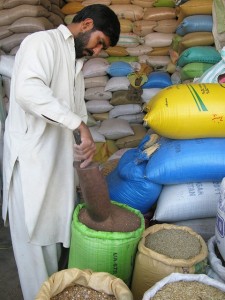MOTIVATION
Since the 1950s, agricultural credit (a type of loan that helps farmers to undertake new investments or adopt new technologies) has been a mainstay in helping farmers bridge the gap between income and expenditures. Agricultural credit has been a basic component of the Pakistan agricultural policy strategy to improve investments in the rural sector.
IFPRI completed a benchmark credit survey in 1990 in partnership with the State Bank of Pakistan and the Pakistani Ministry of Finance. Prompted by requests from MINFA, the survey assessed the impact of interest-free credit and an alternative credit with an interest rate of 7 percent.
RESEARCH RESULTS
- IFPRI’s research, based on two large national surveys conducted in 1973 and 1985, showed that despite the substantial investments in the program, large-scale farmers and richer households dominated the use of subsidized agricultural credit. Because they were shut out of formal credit markets, small-farm households may have had to pay more to access informal credit.
- IFPRI’s study concluded that when the available credit is changed from being interest-free to having a 7 percent interest rate, a drastic reduction in borrowing by large farmers occurred, while the change had no effect on small-farmer borrowing.
OUTCOMES
According to the 1991 Winrock evaluation report, IFPRI’s study contributed to the government's decision to eliminate interest-free credit, which helped lower government spending. Based on the results of the study, the government of Pakistan changed its credit policy and imposed a markup of 7 percent on all borrowing.



